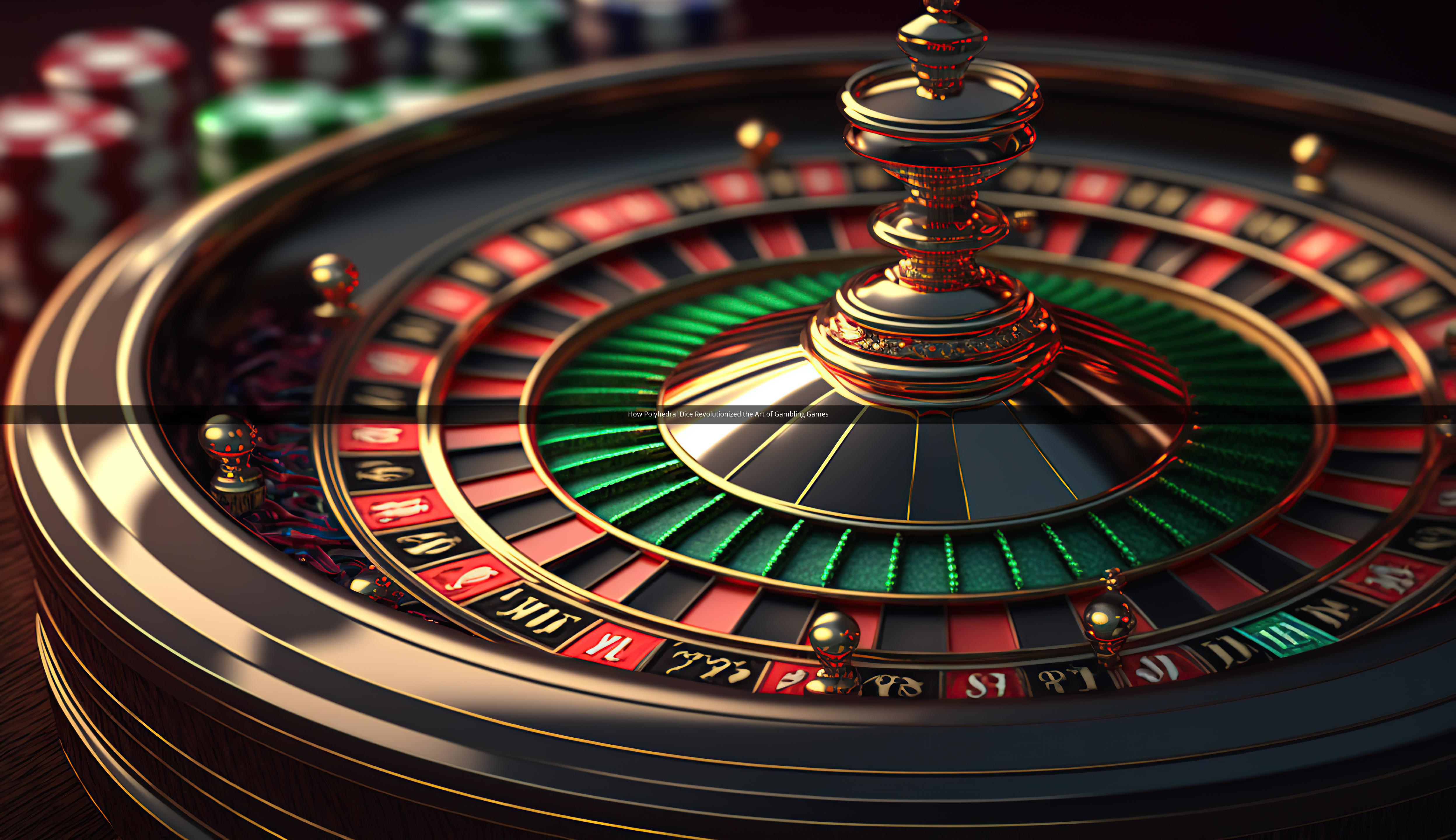
Introduction
Have you ever wondered how the humble polyhedral dice have transformed the landscape of gambling games? Once a simple tool for divination and entertainment, these multi-faceted wonders have become the cornerstone of modern gambling. In this exploration, we delve into the rich history, intricate designs, and the thrilling games that have been shaped by these dice.
I. The Evolution of Polyhedral Dice
1. Ancient Origins
- The roots of polyhedral dice can be traced back to ancient civilizations, where they were used for divination and ritualistic purposes.
- Compare the simple, geometric shapes of ancient dice with the intricate designs of modern polyhedral dice.
2. Medieval Developments
- During the Middle Ages, dice began to gain popularity as a gambling tool, with various shapes and sizes being used.
- Explore the transition from wooden and stone dice to the introduction of metal and ceramic dice.
3. Modern Advancements
- The 20th century saw a surge in the production and design of polyhedral dice, with manufacturers experimenting with different materials and patterns.
- Contrast the traditional, uniform dice with the wide array of unique and collectible dice available today.
II. The Intricacies of Polyhedral Dice Design
1. Geometry and Symmetry
- Discuss the geometric principles behind the shapes of polyhedral dice, such as cubes, d4s, d6s, d8s, d10s, d12s, and d20s.
- Analyze the symmetry and balance that make these dice not only visually appealing but also functional.
2. Artistic Expressions
- Explore the artistic side of polyhedral dice, from simple color schemes to elaborate engravings and illustrations.
- Compare the minimalist approach of classic dice with the vivid, thematic designs that cater to specific gaming genres.
3. Functional Innovations
- Highlight the functional aspects of polyhedral dice, such as weighted dice for balance and dice with special features like sound or light.
- Contrast the traditional, straightforward dice with the innovative designs that enhance the gaming experience.
III. The Thrilling World of Polyhedral Dice Gambling Games
1. Classic Casino Games
- Examine the role of polyhedral dice in classic casino games like craps, Sic Bo, and dice poker.
- Describe the detailed scenes of players rolling dice, the tension-filled atmosphere, and the excitement of the outcome.
2. Tabletop Role-Playing Games (RPGs)
- Explore how polyhedral dice have become an integral part of the RPG experience, with games like Dungeons & Dragons.
- Detail the intricate scenes of adventurers rolling dice to determine the outcome of their quests, battles, and skill checks.
3. Modern Dice Games
- Discuss the rise of modern dice games, such as Liar's Dice and Yahtzee, which have gained popularity in recent years.
- Describe the interactive nature of these games, where players strategize and compete in a fun and engaging environment.
IV. The Cultural Impact of Polyhedral Dice
1. Collecting and Hobbyism
- Explore the hobby of collecting polyhedral dice, from rare and vintage pieces to limited edition and custom designs.
- Describe the community of collectors, their passion, and the intricate scenes of swapping, trading, and showcasing their collections.
2. Art and Design
- Highlight the influence of polyhedral dice on art and design, from illustrations and sculptures to the use of dice in fashion and advertising.
- Compare the abstract, geometric forms of dice with the more organic and fluid designs found in other art forms.
3. Educational and Therapeutic Uses
- Discuss the educational and therapeutic benefits of using polyhedral dice, such as in mathematics lessons or for individuals with sensory processing disorders.
- Describe the detailed scenes of students and patients engaging with dice, learning, and improving their skills.
Conclusion
The polyhedral dice have come a long way from their ancient origins to become a beloved tool in the world of gambling and entertainment. Their intricate designs, versatile applications, and thrilling games have captured the imagination of players and collectors alike. As we continue to explore the possibilities of these multi-faceted wonders, the future of polyhedral dice in the world of gambling looks bright and exciting.
Questions and Answers
1. Q: How did polyhedral dice evolve from ancient divination tools to modern gambling games?
- A: Polyhedral dice evolved through the ages, transitioning from ritualistic use to entertainment and gambling. The introduction of metal and ceramic materials, along with the development of various shapes and sizes, contributed to their popularity in modern gaming.
2. Q: What are the key differences between traditional dice and polyhedral dice?
- A: Traditional dice are typically made of wood or stone and have a uniform shape, while polyhedral dice come in various shapes and sizes, such as cubes, octahedrons, and dodecahedrons. Polyhedral dice also offer a wider range of customization options in terms of design and functionality.
3. Q: How do polyhedral dice contribute to the interactive nature of dice games?
- A: Polyhedral dice enhance the interactive nature of dice games by providing a diverse set of outcomes and allowing for strategic play. Players can use dice to determine the success of their actions, compete against each other, and create a dynamic and engaging gaming experience.
4. Q: What are some popular polyhedral dice games, and how do they differ from each other?
- A: Popular polyhedral dice games include craps, Sic Bo, dice poker, Dungeons & Dragons, Liar's Dice, and Yahtzee. These games differ in their rules, objectives, and the number of dice used, offering a wide range of experiences for players.
5. Q: How have polyhedral dice influenced the cultural landscape?
- A: Polyhedral dice have influenced the cultural landscape through their role in collecting, art, and education. They have become a symbol of entertainment and creativity, inspiring various forms of expression and fostering a sense of community among players and collectors.